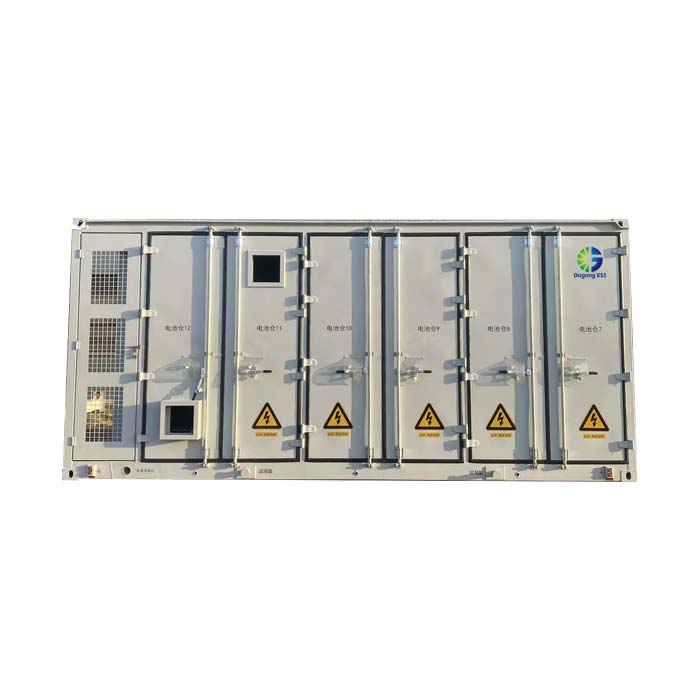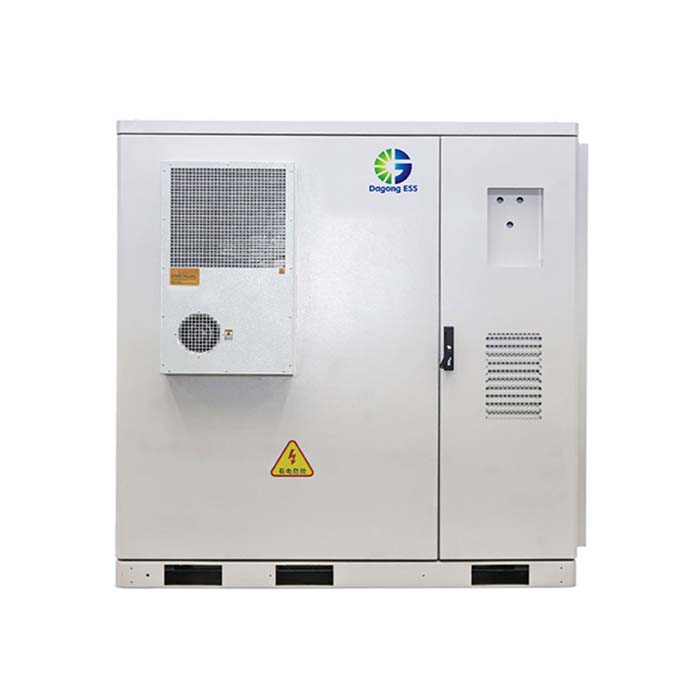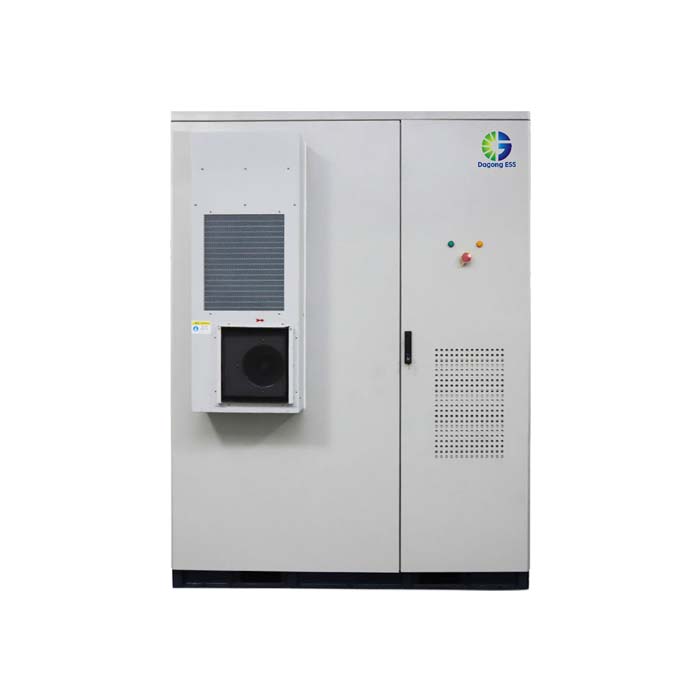Why Are Energy Storage Markets Exploding in Europe, North America, and Southeast Asia?
What Is Fueling the Energy Storage Boom Across These Regions?
Energy storage (ESS) is no longer a niche technology — it has become a cornerstone of the global clean-energy transition. In Europe, North America, and Southeast Asia, the market is being driven by a combination of strong policy support, grid flexibility needs, and international trade dynamics.
Europe: Facing aggressive decarbonization targets and a high share of renewables, Europe is rapidly adding storage capacity to stabilize its grid.
North America: Demand is surging for both utility-scale and distributed storage, driven by capacity markets, volatility in wholesale power, and increasing renewable penetration.
Southeast Asia: Countries such as Vietnam are revising energy plans to emphasize solar deployment and storage, reducing reliance on fossil fuels.
This convergence of decarbonization goals and market liberalization is creating a fertile ground for ESS exports and investment.
How Do Regional Policies Support ESS Development?
Europe — Regulatory Momentum & Industrial Incentives
The European Commission has launched an Energy Storage Inventory, a real-time dashboard tracking storage deployments across member states.
A Commission Recommendation (C/2023/1729) calls for policy measures to support storage deployment, emphasizing flexibility, reliability, and system integration.
According to LCP Delta and EASE’s EMMES 9.0 report, Europe had 89 GW of total storage capacity by the end of 2024, and is expected to add more than 128 GW of electrochemical storage by 2030.
Some countries are offering targeted industrial support: for example, Finland provides a 20% tax reduction for self-consumption storage + PV projects.
Utility-scale growth is backed by the EU’s “Clean Industrial Deal” and electricity market reforms, with new state aid, tenders, and capacity-mechanism support.
North America — Market-Driven & Export-Friendly
In the U.S. and Canada, ESS is increasingly economical as storage-plus-renewables projects win capacity market contracts or participate in ancillary services.
Exporting ESS from manufacturing hubs (especially in Asia) to North America is attractive, but trade policies (tariffs, duties) can be complex and must be navigated carefully.
Southeast Asia — Strategic Energy Transition
Vietnam, for example, is revising its next energy plan to triple its solar target and place more emphasis on energy storage. AP News
By prioritizing large-scale solar farms and storage, Southeast Asian countries aim to reduce dependence on coal and gas while ensuring system flexibility.
Why Are These Regions Attractive for ESS Exporters?
Diverse Demand
Europe demands utility-scale storage and behind-the-meter (residential + C&I) systems. Energy Storage+1
North America needs high-capacity systems for grid stabilization and arbitrage.
Southeast Asia is ramping up investments in solar-plus-storage and community-scale BESS.
Policy Certainty (or Growing Certainty)
EU's energy storage roadmap and funding mechanisms signal long-term demand.
Exporters can align manufacturing and logistics to serve capacity markets, auctions, or bilateral deals.
Price Competitiveness
With production capacity scaling globally, the cost of ESS components continues to fall, making exports more attractive.
Chinese and Asian manufacturers already compete in Europe's residential storage market, often at lower costs. Energy Storage
Integration Opportunities
Containerized or modular ESS (e.g., multi-MWh systems) can be easily shipped and deployed in countries building up their storage infrastructure.
Advanced ESS with grid-forming capabilities are becoming more competitive globally.
How to Navigate Trade & Export Challenges?
For ESS companies aiming to export to these regional markets:
Understand Local Policy & Incentives: Tailor proposals based on country-specific market mechanisms (e.g., capacity auctions in Europe, tenders in Southeast Asia).
Comply with Technical Standards: Ensure that storage systems meet regulatory requirements (e.g., grid-forming capability, safety certification).
Optimize Logistics: Use modular and containerized ESS to reduce shipping costs and speed up deployment.
Partner Locally: Collaborate with EPCs, utilities, or local developers who understand market nuances.
Stay Agile on Pricing: With trade tariffs and subsidies changing, be ready to adjust export pricing and structure.
What Risks Should Exporters Consider?
Policy Volatility: Changes in incentives or state aid frameworks (especially in Europe) could affect project economics.
Regulatory Complexity: Different countries have different grid-code, permitting, and certification requirements.
Competition Pressure: Local and international ESS manufacturers are competing aggressively on price, especially in mature markets like Europe.
Trade Barriers: Protectionist measures or tariff spikes may impact cost competitiveness.
Supply Chain Constraints: Component supply (cells, cooling systems, BMS) must be secured to deliver at scale.
How Long Will These Exported Systems Likely Operate?
Well-designed ESS systems with modular architecture and quality cells can achieve:
8000+ cycles (for LFP / lithium-based systems)
15+ years of operational life
Exported container systems or modular ESS deployed in Europe, North America, or Southeast Asia can be optimized for long-term profitability and performance, especially when backed by warranties, remote monitoring, and maintenance support.
The Supplier Role: Building Global ESS Export Strategies
Leading ESS suppliers must not only produce reliable battery systems but also offer flexible, export-friendly products:
Modular design (100-241 kWh, 3.35–5 MWh containers) that scales across regions
Cooling options (air-cooled, liquid-cooled) to suit different applications
Compliance with global standards (safety, grid, certification)
Service & support network to manage cross-border deployments
Dagong ESS, for instance, provides a full spectrum of products—from residential systems to large containers—that are well suited for export markets. Their modular ESS solutions, backed by strong R&D and manufacturing capacity, are positioned to address growing demand across Europe, North America, and Southeast Asia.
If you are interested in exporting or deploying energy storage solutions in Europe, North America, or Southeast Asia, please contact Dagong ESS.Email: sales@dagongess.com








